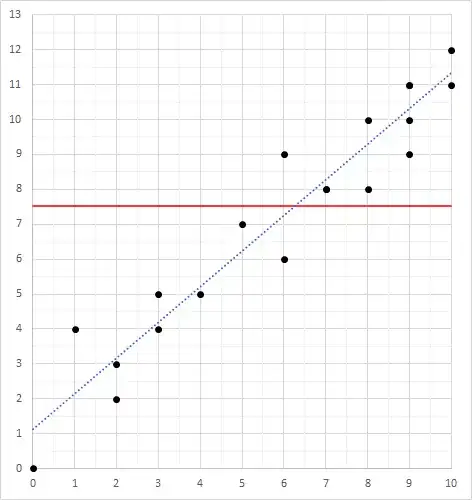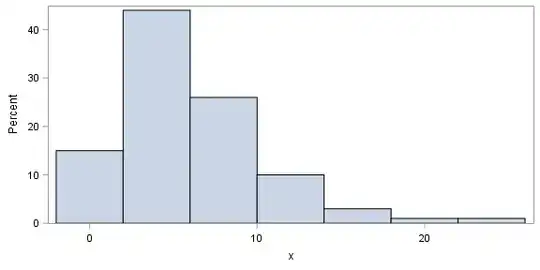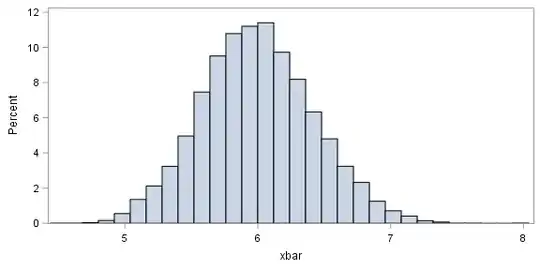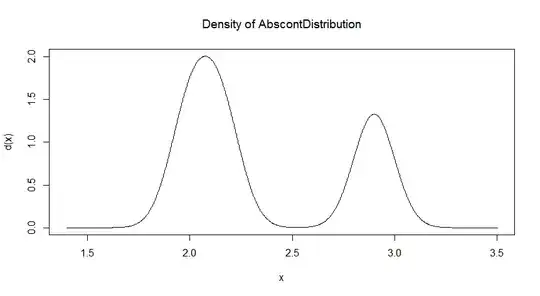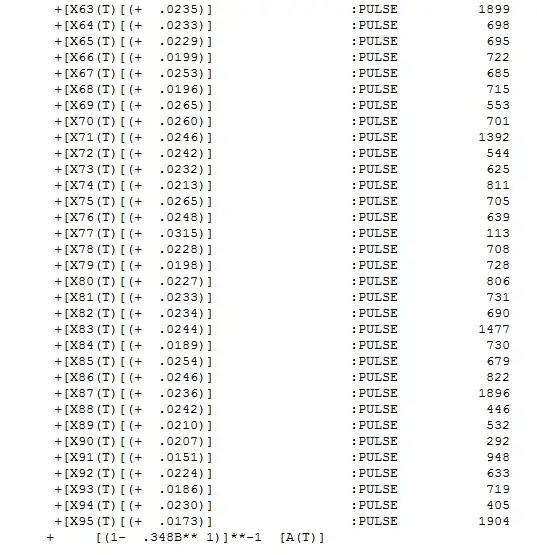I was looking at this notebook, and I am puzzled by this statement:
When we talk about normality what we mean is that the data should look like a normal distribution. This is important because several statistic tests rely on this (e.g. t-statistics).
I don't understand why a T-statistic needs the data to follow a normal distribution.
Indeed, Wikipedia says the same thing:
Student's t-distribution (or simply the t-distribution) is any member of a family of continuous probability distributions that arises when estimating the mean of a normally distributed population
However, I don't understand why this assumption is necessary.
Nothing from its formula indicates to me that the data has to follow a normal distribution:
I looked a bit on its definition but I don't understand why the condition is necessary.
